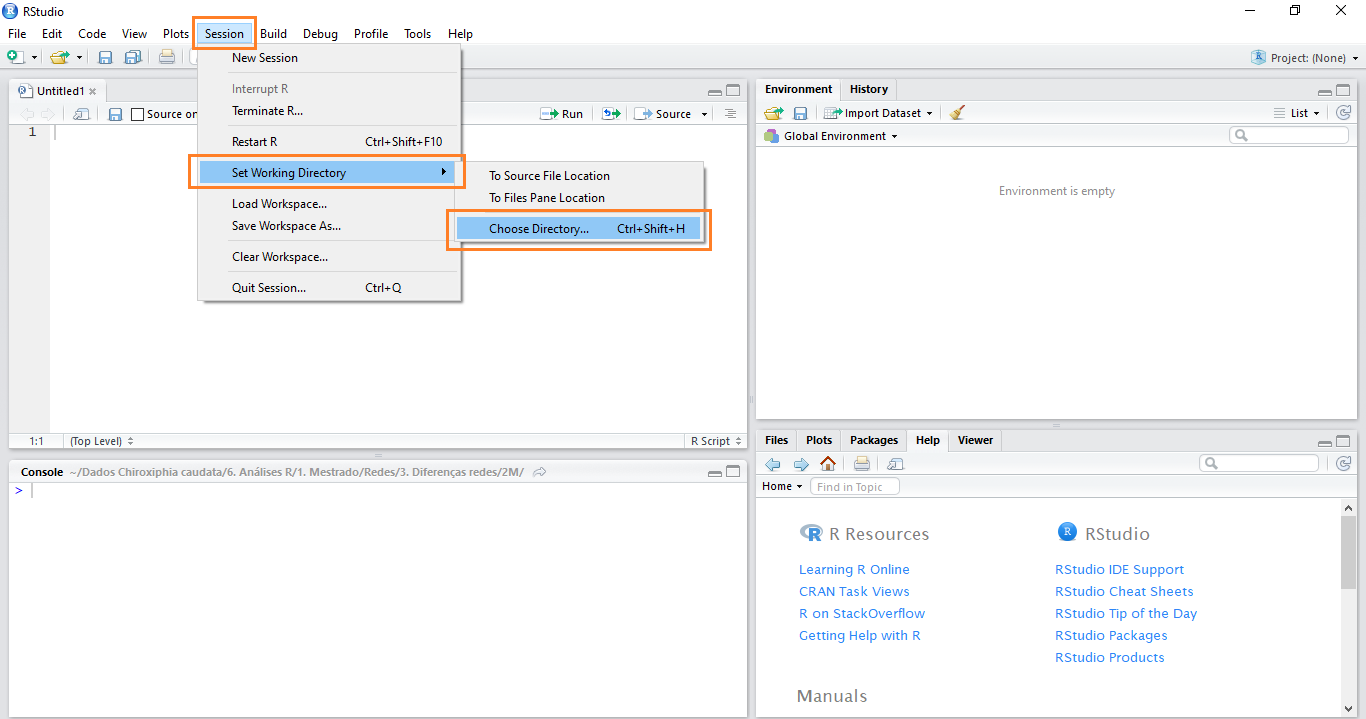

This command yields the following output: We need to tell R that we want to access the information saved into the object called fit using the following command: summary(fit)

Everything else can be modified to fit your data: Petal.Length and Species are names specified by the iris dataset, and df and fit are just names I arbitrarily chose - they could be anything you would want to analyze.Īs you might have noticed, R didn’t report any results yet. The two essential things about the above command are the syntax (i.e., the structure, the ~ symbol, the brackets, etc.) and the aov command. In the command above, you can see that we tell R that we want to know if Species impacts Petal.Length in the dataset df using the aov command (which is the ANOVA command in R) and saving the result into the object fit. We do this by specifying this model using the formula notation, the name of the data set, and the Anova command: fit = aov(Petal.Length ~ Species, df) However, not all academic disciplines follow this technical guidance… so talk to more senior colleagues in your field.Īnyhow, we will continue this tutorial as if Levene’s test came back insignificant. Technically, you would have to do a robust ANOVA, which provides reliable results even in the face of inhomogeneous variances. Well… talk to your co-authors, colleagues, or supervisors at this point. However, the test did come back significantly, which means that the variances between Petal.Length of the different species are significantly different. Here it is important to know the hypotheses built into the test: Levene’s test’s null hypothesis, which we would accept if the test came back insignificantly, implies that the variance is homogenous, and we can proceed with our ANOVA.

leveneTest(Petal.Length~Species,df)Īs you can see, the test returned a significant outcome. Levene’s test is not available in base R, so we will use the car package for it. And we can test for the homogeneity of variance by running Levene’s test. This sounds complicated, but it basically checks that the variances in different groups created by the categorical independent variable are equal (i.e., the difference between the variances is zero). Key assumptions are aspects, which are assumed in how your computer calculates your ANOVA results - if they are violated, your analysis might yield spurious results.įor an ANOVA, the assumption is the homogeneity of variance. Ensuring you don’t violate key assumptionsīefore running the ANOVA, you must first confirm that a key assumption of the ANOVA is met in your dataset. In our case, we are going to test whether the species of the Iris has any impact on the petal length (the dependent interval variable). The iris dataset contains variables describing the shape and size of different species of Iris flowers.Ī typical hypothesis that one could test using an ANOVA could be if the species of the Iris (the independent categorical variable) has any impact on other features of the flower. Controlling for another covariate might strengthen or weaken the impact of your independent variable of interest.įor this exercise, I will use the iris dataset, which is available in core R and which we will load into the working environment under the name df using the following command: df = iris You, therefore, need to run an ANCOVA to ‘filter out’ the effect of the dog’s age to see if the dog’s breed still influences the weight. Without controlling for the dog’s age, you might never be able to identify the true impact of the dog’s breed on its weight.

Imagine you would like to analyze the impact of the dog’s breed on the dog’s weight, controlling for the dog’s age. Different scientific domains might have different preferences, which generally imply which test you should be using.Īn Analysis of Covariance, or ANCOVA, denotes an ANOVA with more than one independent variable. However, an ANOVA can be seen as an alternative interface through which this information can be accessed. At its core, an ANOVA will provide much of the same information provided in a simple linear regression (i.e., OLS). It is most often used to analyze the impact of a categorical independent variable (e.g., experimental conditions, dog breeds, flower species, etc.) on an interval dependent variable. In its most common form, it analyzes how much of the variance of the dependent variable can be attributed to the independent variable(s) in the model.
#Anova in r studio how to#
How to test and report the impact of a categorical independent variable on an interval dependent variable.Īnalysis of Variance, or ANOVA, is a frequently-used and fundamental statistical test in many sciences.


 0 kommentar(er)
0 kommentar(er)
